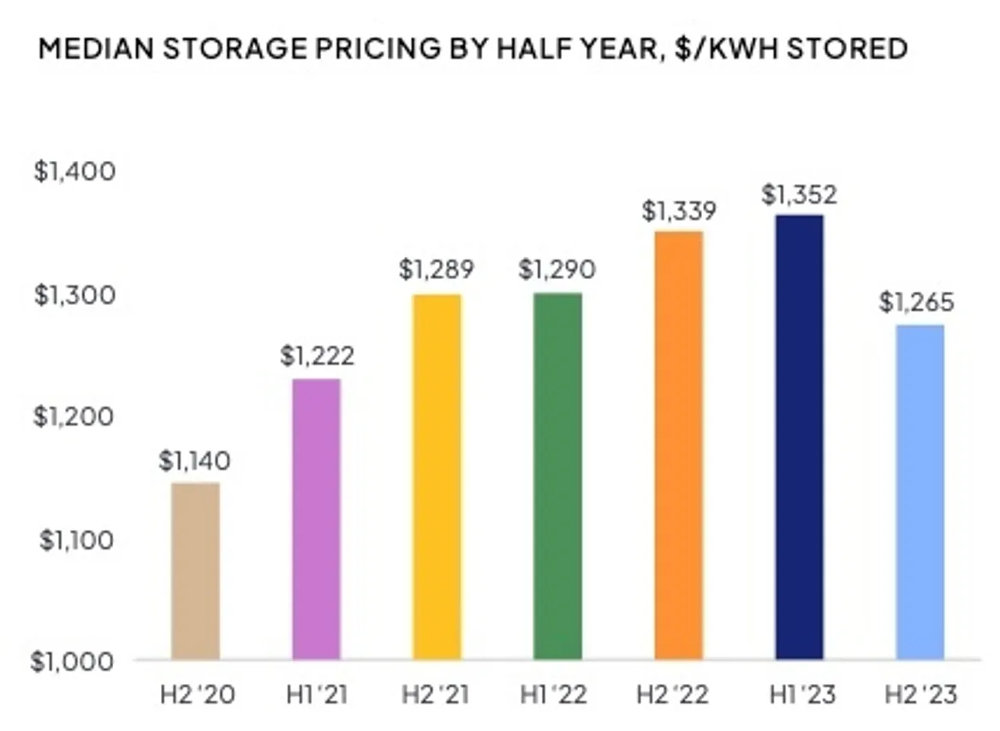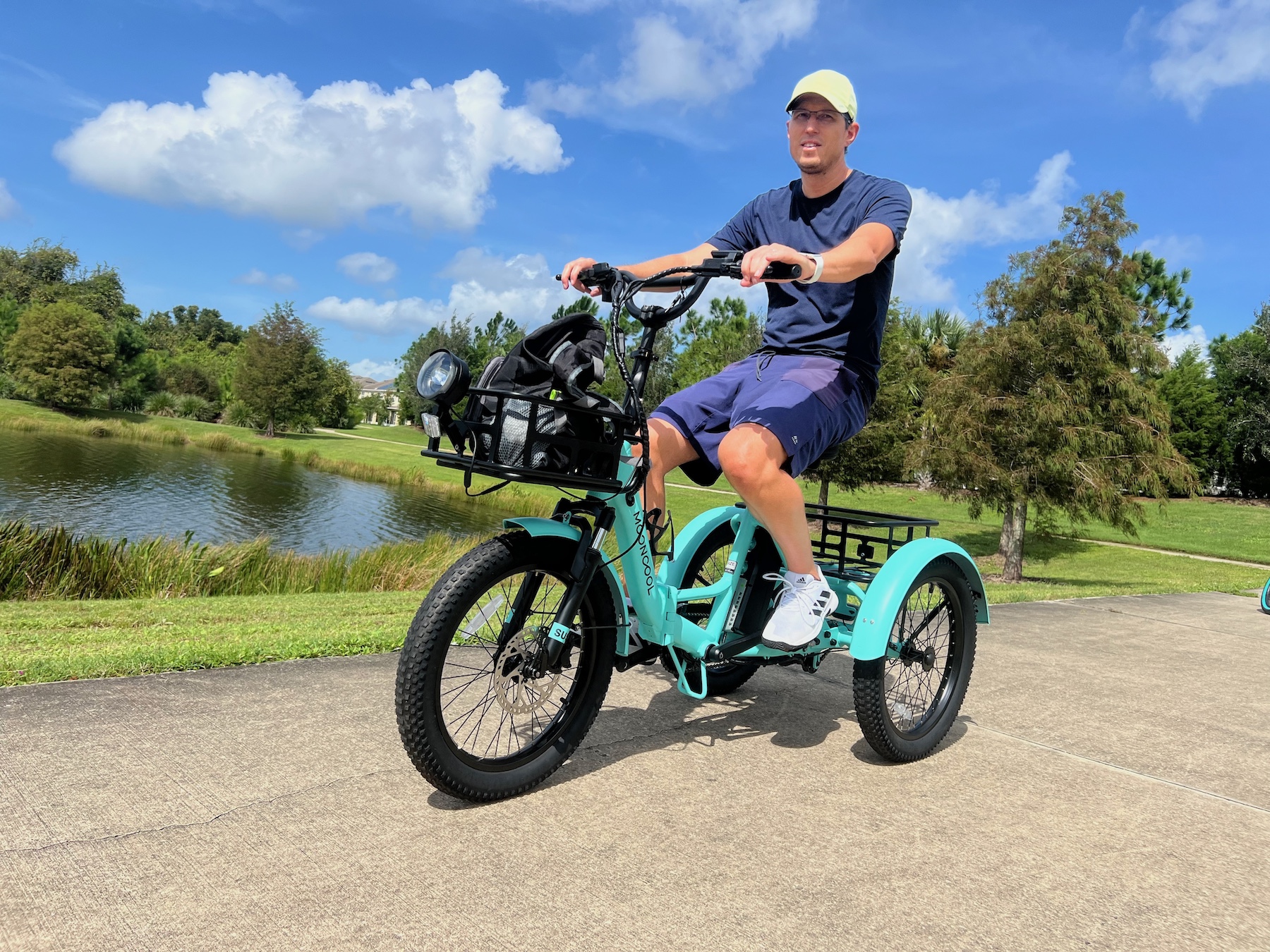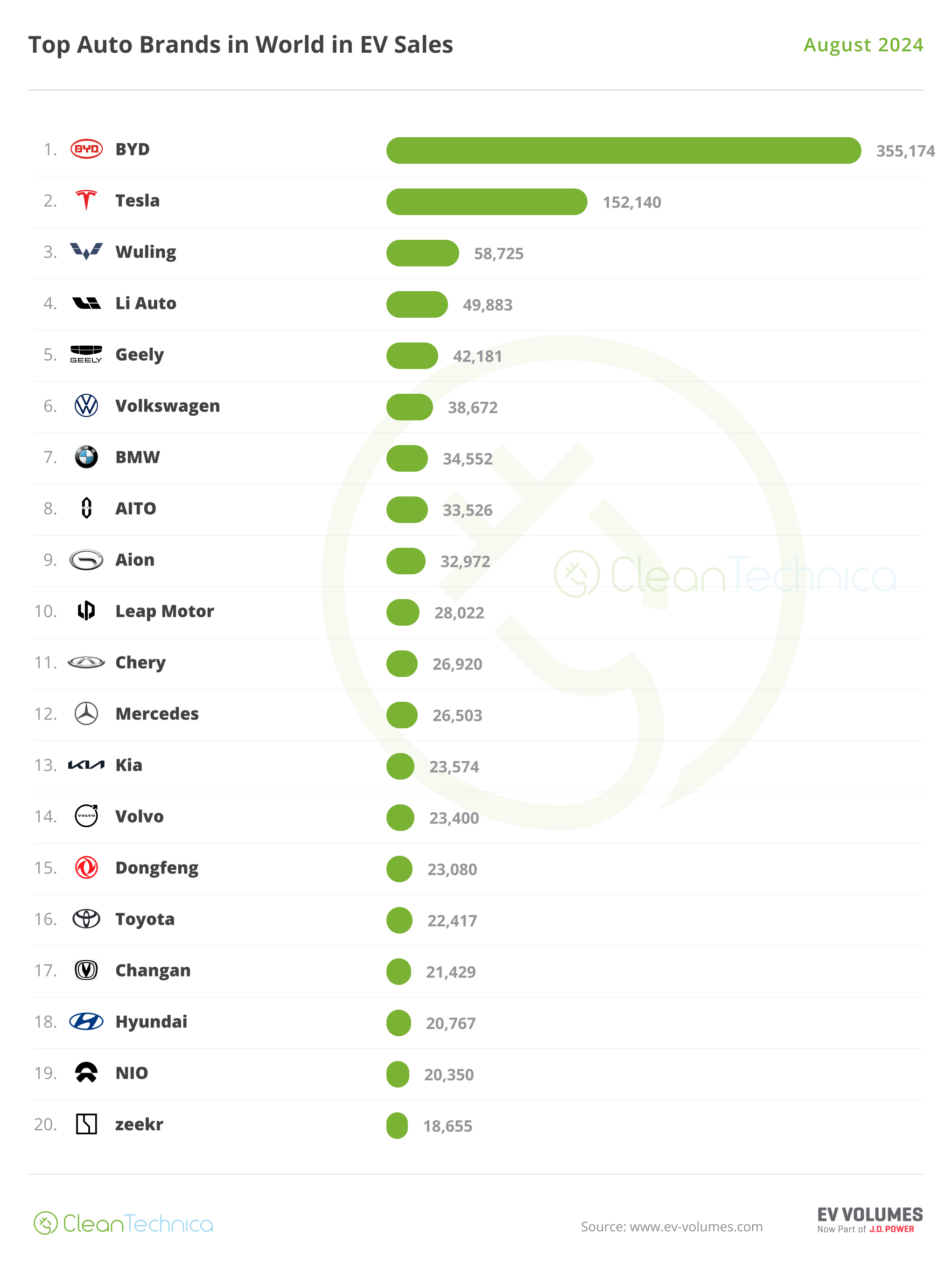Sign up for daily news updates from CleanTechnica on email. Or follow us on Google News!
Rooftop solar and residential storage batteries — it seems everyone wants them. They see the combination as a ticket to freedom from their local utility. No more utility bills, control over their own electricity, and the possibility of making a little money by selling excess electricity back to the grid. What’s not to like? Homeowners can also elect to install residential storage batteries even if they don’t have a rooftop solar system. It’s a way of keeping the lights on in the event of a grid outage — something that seems to be happening more often these days — and it avoids the fumes and noise that come from having a backup generator in the backyard.
Are Residential Storage Batteries Right For You?
Are residential storage batteries a wise choice? The answer is, “It depends.” Canary Media, in cooperation with EnergySage, has put together a helpful guide that lists seven questions every homeowner needs to ask before making a decision to add a residential storage battery to their home.
1. How much stored energy, or capacity, do you need?
Batteries have two major features: their capacity — a measure of how much energy they can store — and their power rating — which is how fast they can deliver that stored energy. Think of the battery’s capacity as the size of a tank of water — the power rating is like the size of the pipe that drains it. An average home uses 29 kWh per day, and a typical battery stores 10 to 13 kWh. To determine how many batteries will cover your needs, a qualified contractor will use software to analyze your energy consumption data from your utility, but only you can decide how much storage capacity you need.
2. What appliances do you want to back up?
Different appliances have distinct power requirements. A wifi router takes less power to run than a refrigerator, which takes less power than an air conditioner or a sump pump. Appliances also have different needs for peak or surge power — like when an AC kicks on — and for continuous power to keep the AC running for hours after it starts. If the devices you plan to back up are power hungry, you’ll want to make sure your battery is rated to provide for their peak and continuous power needs. Some batteries can be stacked to increase their power output, while for others, adding another battery will only increase the total capacity, not their power output.
3. How much flexibility do you want?
If you plan to use a battery during power outages, then keep in mind that you will generally need to choose which four to seven appliances or “loads” might be critical to keep on. If you’re ready to decide now and don’t plan to change them, then your contractor will hardwire them into your entry panel. “Only the loads that are on that panel can be backed up by your battery,” said Emily Walker, the senior writer at EnergySage. Smart panels, which have breakers that can be controlled remotely by an app, “can help you dynamically shift your load so that you don’t have to decide from the start exactly what you want to back up,” she said.
A home energy management system also allows you to more easily participate in programs that pay customers to send power to the grid. When the grid is stressed, a smart panel can pause flexible loads for a couple of hours, like charging your EV or running your dishwasher. That minimizes your consumption and maximizes how much energy you can send back to the grid, which increases the amount you get paid by your utility company. Smart panels aren’t cheap, however. They can cost $2,500 to $3,500 for the equipment and another $1,000 to $1,500, depending on the complexity of the work and local labor rates.
4. What other battery system hardware might you need?
Another factor to keep in mind is that if you want to use your battery during a blackout, it will need to be able to disconnect from the grid. If your home can’t “island” itself, your solar panels and battery will push power back into those lines — with potentially fatal consequences for utility workers. That means you will need a transfer switch, an electronic device that physically disconnects the wiring in your home from the grid when it senses no power coming in from that pole. A transfer switch can cost $3,000 to $4,000, or you can buy a manual lockout at Home Depot of Lowe’s for about $30, but you will still need someone to install it and you will need to be home and able to activate the lockout manually when necessary.
5. What type of battery should I get?
Although lead-acid batteries will work (many CleanTechnica readers use them), either NMC or LFP lithium-ion batteries are the most popular choice. NMC is the most common battery chemistry, but LFP is gaining popularity. LFP batteries are less energy dense but have a lower risk of fire and have a longer service life — up to 20 years of daily use — and can be installed indoors with little to no risk. Lithium-titanate (LTO) batteries are fairly new to the market. They are more expensive but are reputed to be safer and have a longer useful life than LFP batteries.
6. Does the battery system you are interested in have a good warranty?
Battery warranties usually cover the equipment (though not installation) cost of replacing a battery if it malfunctions within a certain number of years, a total energy throughput, or a number of cycles — the number of times a battery recharges after dipping below a certain threshold — whichever comes first. Manufacturers usually warranty a lithium-ion battery for at least 10 to 12 years. As a battery ages, its capacity also degrades. Manufacturers may specify how much energy you can expect the battery to still be able to store at the warranty’s end. A battery should have 60 percent of its original capacity at the end of the warranty period, Canary Media suggests.
7. Where will you put your battery system?
Give careful consideration to where you will install the battery. Some have enclosures that are not rated to withstand the elements and need to be placed indoors. For batteries installed outdoors, do not put them in direct sun, which could make them overheat. The local environment may also influence what battery you choose and where you plonk it. If you live near the beach, saltwater can corrode a battery’s casings, voiding the warranty. Other batteries can’t handle the high altitudes of the Rocky Mountains. An experienced installer is your best guide to where your battery should go.
How Much Do Residential Storage Batteries Cost?

A residential storage battery is not cheap. According to EnergySage, the average price at the end of 2023 was around $1250 per kWh. Installation can add quite a bit to that cost, depending on whether your electrical panel needs upgrading to accommodate the new hardware. Why are they so expensive? Partly because this is a nascent business with not a lot of competition at the moment and partly because there is a lot of stuff inside the exterior packaging besides battery cells. Batteries operate on direct current but your home operates on alternating current. That means there has to be a device called an inverter that converts AC to DC and back again. There is also a cooling system and a battery management system that add to the cost of manufacturing a residential storage battery.
Fortunately, there are ways to reduce the cost of a backup battery system. It is now eligible for a federal 30 percent tax credit, even if there is no rooftop solar system involved. That credit can be rolled over to subsequent tax years until it is fully utilized. Many utility companies also have special programs if you are willing to let them use your battery to help stabilize the grid or send power back to them when the grid is under stress.
Duke Energy in North Carolina offers a rebate for solar-plus-storage systems worth up to $9,000 as part of its PowerPair pilot program. Green Mountain Power in Vermont offers two batteries for a subsidized cost of $5,500. And National Grid says Massachusetts battery owners in its ConnectedSolutions program can earn an average of $1,500 per year if the utility can tap the battery when energy demand peaks. Other companies, like power retailer Octopus Energy or Base Power in Texas, may also be able to enroll you in a virtual power plant program. So, check with installers and your utility company to see what is available in your area. If and when you’re ready to shop around for a home battery, EnergySage can help provide quotes from trusted partners at no charge to you.
Have a tip for CleanTechnica? Want to advertise? Want to suggest a guest for our CleanTech Talk podcast? Contact us here.
Latest CleanTechnica.TV Videos
CleanTechnica uses affiliate links. See our policy here.





